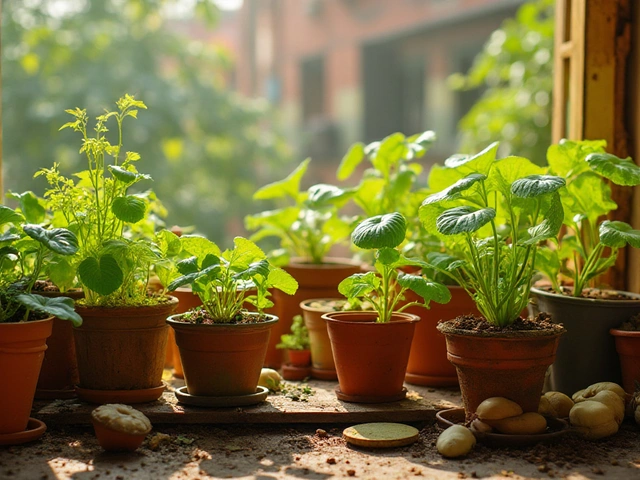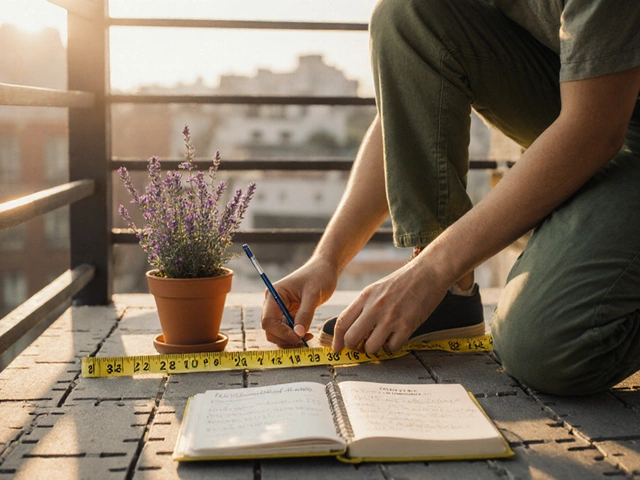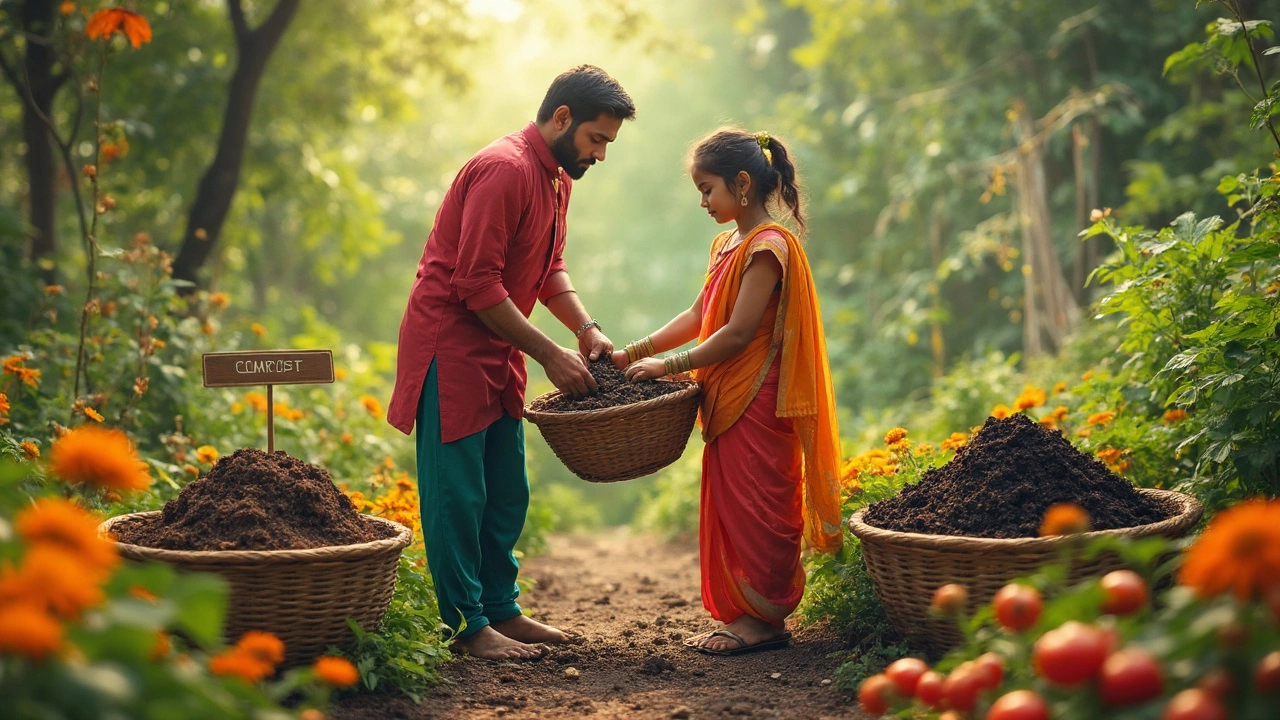Composting: Simple Tips to Turn Waste into Garden Gold
Ever wondered how the kitchen scraps on your counter could become the secret sauce for a thriving garden? Composting is the answer. It’s a low‑cost way to recycle organic waste, boost soil health, and grow stronger plants without fancy chemicals. In this guide we’ll break down the basics, clear up the confusion between regular compost and organic compost, and give you a step‑by‑step plan to start your own bin right now.
What Is Compost vs Organic Compost?
Most people use the words “compost” and “organic compost” interchangeably, but there’s a subtle line that matters, especially if you’re buying a bag from a garden store. Regular compost is any decomposed organic material – kitchen peelings, garden trimmings, paper, even a bit of manure. It’s the end product of the composting process, regardless of how you made it.
Organic compost, on the other hand, follows stricter standards. It must be made from 100 % organic inputs – no synthetic fertilizers, pesticides, or animal by‑products that aren’t certified organic. In India, the “organic” label is regulated, so you’ll see a certification logo on the bag. This matters if you’re growing edible veggies and want to keep everything certified organic.
Both types improve soil structure, add nutrients, and help retain moisture. The main difference is the source material and the certification you might need for organic markets. When you make your own compost at home, you’re essentially creating organic compost – as long as you avoid chemicals.
Getting Started with Your Own Compost Bin
Ready to turn that banana peel into black gold? Here’s a quick, no‑nonsense plan:
- Pick a spot. Choose a shady corner of your garden, a balcony, or even a small area under a shed. A bin or a simple pile works – just keep it accessible.
- Gather the right mix. Aim for a 50/50 blend of “greens” (kitchen scraps, fresh grass clippings) and “browns” (dry leaves, shredded newspaper, cardboard). Greens give nitrogen, browns provide carbon.
- Size matters. A bin about 3 ft tall and wide is ideal. It holds enough material to stay hot (the heat speeds up decomposition) and still fits in most backyards.
- Turn it. Every week, use a garden fork to flip the pile. This introduces oxygen, keeps odors down, and speeds up the process.
- Watch the moisture. Your compost should feel like a damp sponge, not soggy. Add water if it’s dry, add more browns if it’s too wet.
In 2–3 months, the material will darken, crumble, and smell earthy. That’s your finished compost, ready to mix into planting beds, use as a top dressing, or make tea for your houseplants.
If you prefer a hassle‑free option, many local municipalities in India now offer curbside organic waste collection. The collected material is turned into bulk compost, which you can buy at a lower price than branded bags.
Remember, composting isn’t a set‑it‑and‑forget‑it task. A little regular attention yields a big payoff: healthier soil, fewer weeds, and less waste headed to landfills.
Got questions about the right carbon‑to‑nitrogen ratio, or which kitchen scraps to avoid? Drop a comment below or check out our article “Compost vs Organic Compost: What Really Sets Them Apart?” for deeper insights. Happy composting!
Compost vs Organic Compost: What Really Sets Them Apart?
People often mix up compost and organic compost, but there’s a clear line between the two. This article breaks down the details, showing what really makes compost and organic compost different. You’ll get practical tips for making both at home and advice on picking the right option for your garden. Discover common mistakes, smart ways to boost your soil quality, and learn how the rules around these labels actually work. Expect plenty of straight answers and hands-on facts you can use.
About
Composting
Latest Posts


What Not to Put in Compost: Essential Guide for Safe and Healthy Homemade Composting
By Alden Thorne Jun 23, 2025

Planting Vegetables: Choosing Between Pots and Ground for Optimal Growth
By Alden Thorne Dec 5, 2024

Balcony Decorating Ideas: Turn Your Small Outdoor Space into a Stylish Retreat
By Alden Thorne Oct 13, 2025

